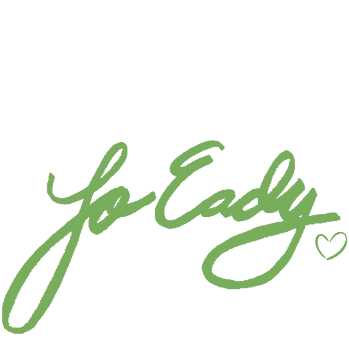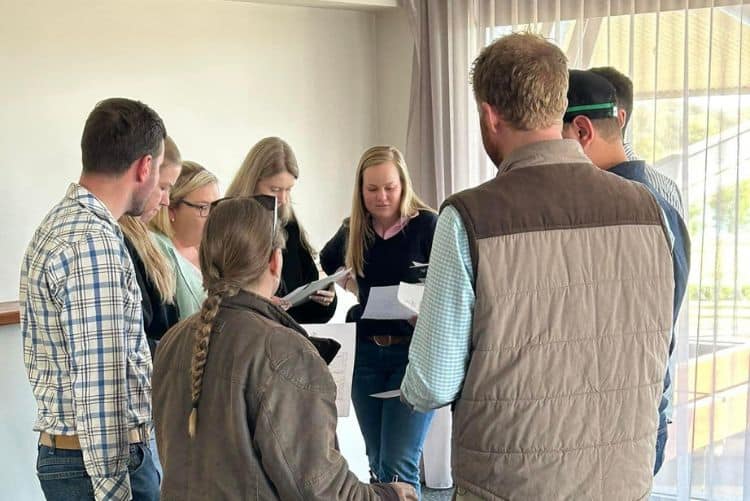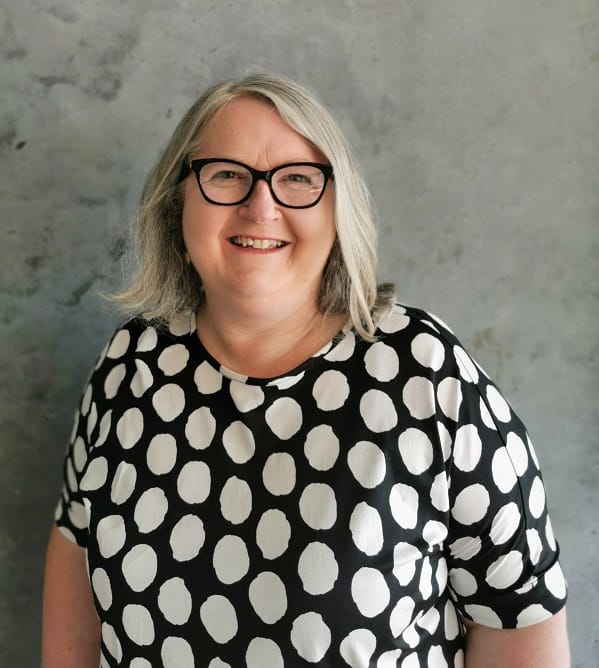About 20 years ago I found myself at a national conference. As part of this, I participated in my first Open Space Technology session and loved it. And I wasn’t the only one. Many people shared they loved the experience, felt they were heard, worked on something of importance to them right now instead of passively listening to a guest speaker and like others I have maintained connections as a result. I knew from that day that I wanted to incorporate Open Space Technology into my facilitation work. And I did! Here’s a quick overview and I encourage you to add this technique to your Facilitation Toolbox.
How did Open Space Technology Facilitation Start?
The founder of Open Space Technology is Owen Harrison. In the 1960’s he left his work as a priest and took up work facilitating change including across not for profit organisations in Africa. In 1977, he started his own consulting company where he put into practise things he’d learned as an academic as well as a practitioner. Some years later in the 1980s, Harrison convened a conference to share theoretical learnings and case studies of his work. The focus was on cultural change and supporting organisational change. It was a traditional conference. Many people told him the best part of the conference were the coffee breaks and this got him thinking. At the next conference he created Open Space as one big coffee break with a central theme. This self organisation guided the conference and supported richer and more valuable outcomes that hadn’t been achieved at the previous traditional conference. Hence the concept of Open Space was born!
What is Open Space Technology (OST) Facilitation?
Open Space Technology is a facilitation method. It is used for organising and running a meeting or a conference or a session or two or three at a conference. The focus is on a specific task or purpose and people are invited who have interest in this topic / focus or task. A key difference between OST and your more traditional meeting / conference is that there are no key note speakers profiled before the event. Instead, the plan of speakers, topics etc is organised once people are present at the conference with people who are present. Keep in mind it is the focus, theme or task that attracts people in the first place. As a part of the OST sessions, a summary is written or graphically represented and this is presented to all who attendees.
When Does Open Space Technology (OST) Facilitation Work Best?
Open Space Technology works best where people have a strong interest in participating and guiding outcomes. It also works best where:
- The topic or task is complex.
- There is conflict and its holding back the ability for progress and change.
- There is high diversity.
- A speedy decision or action is required.
- There is no pre determined outcomes that have to be achieved.
Why use Open Space Technology (OST) Facilitation?
There are lots of reasons that herald OST as a great facilitation technique that supports social connection and innovation. Key ones include that it:
- Builds ownership, shared leadership, positive energy and a commitment both during and after the session.
- Creates a sense of responsibility that sees participants accept what works and what doesn’t during the session and sees them accept responsibility for what happens post the event.
- Allows participant generated recommendations and action plan to emerge from the discussions and sessions that are right for this group, task and topic at this time.
- Creates a summary of all discissions for sharing as the session / conference progresses.
What Principles Underpin Open Space Technology Facilitation?
There are four key principles, these are:
| 1 | Whoever comes is the right people | The people attracted to the conversation at this time are the right people. They will contribute the most because they care and are the ones most likely to initiate action |
| 2 | Whatever happens is the only thing that could’ve | This principle acknowledges that everyone will do their best for NOW building on the fact they will have different pasts and expectations. The present time and place is what’s important here so that people don’t get bogged down in what could or should have happened. |
| 3 | When it starts is the right time | The right time is when it starts. People are the most creative and make the best contribution when they choose to. |
| 4 | When it’s over, it’s over | This is about the flow of the group and its energy and not the clock. When the conversation is over, it’s over. Call it and move on to something else. |
Is there a Best Group Size?
Anything from 5 to 1500 people. Sessions / meetings /conferences can be run over a few hours to a few days. They can be facilitated at one site or across multiple sites. Some say the longer
The 7 Steps of Open Space Technology
Step 1 – Select a Question or Focus Statement
A key role as facilitator is to understand the purpose and context of the meeting, session or conference and then to select or develop a focussing statement of question for the event. From memory the key question for the first OST conference I attended was “What needs to happen to advance Australian women in agriculture?” The statement or question needs to frame the purpose in a wide and positive way.
Step 2 – Select a Question or Focus Statement
Invite the people (all stakeholders you’d like and should be in the room). Be clear about the focus statement / question and the date, time and place.
Step 3 – Create the Circle
Set up chairs in a circle so there is space in the middle. I’ve also facilitated without chairs where people stand (For a short time). Choose a wall to work up the Agenda and divide it by AM and PM or have specific times if this has been worked out. Choose another wall for News – this is where people put a summary post session so everyone can see it in this form if they wish. Have pens and A4 sheets of paper available for people to write on. Take some time to explain the meeting / conference focus statement or question. This could include where it’s come from, why it’s important and what’s the NOW and Future context about it. This will simulate people’s thinking. And then explain the OST process and allow for questions.
Step 4 – Create the Circle
Invite participants (as not all will do it) to write up a topic, question, theme etc that they would like to have a session on and ask them to place it on the floor where everyone can see it. Ensure they put their name on the paper. If it’s a big forum and there are lots of suggested topics, questions or themes, ask for permission to group some of them if relevant. Place the papers up on the Agenda Wall in the appropriate time slot.
Step 5 – Open the Space
Go over the session details and where they will be held and for how long. Invite participant to sign on for what they are interested in across the AM and PM sessions and then invite them to go on their way to the first session they have chosen. Assign a convenor to each session to keep time and write up outcomes to allow people to participate fully.
Step 6 – Facilitate Open Space Sessions
People participate in their chosen sessions. The space is set up for them and the Convenor takes a copy of the theme/ question / focus statement t the session so participants have it to refer to. Convenor takes notes of outcome and places these on the News Wall for everyone to take a look at if they wish.
Step 7 – Close OST Sessions
All sessions close at the same time and people reconvene back at the whole of forum space. Each person is provided the opportunity to share back their aha, key thoughts, highlights etc. This occurs without discussion or questioning. If people don’t want to contribute here that’s OK. The facilitator then closes the whole of group session and makes comments on patterns / insights etc that have emerged. Explains that each participant will be emailed a summary of the News Wall and encourage people to share details for future contact if they wish. And that they will share the same information to funders etc of the session.
Over to You
If you haven’t added the Open Space Technology facilitation process to your facilitation tool box yet, then please do. And I encourage you to participate in an OST session first before you facilitate as this will give you confidence to set it up and facilitate to encourage the best outcomes.
Until next time!



